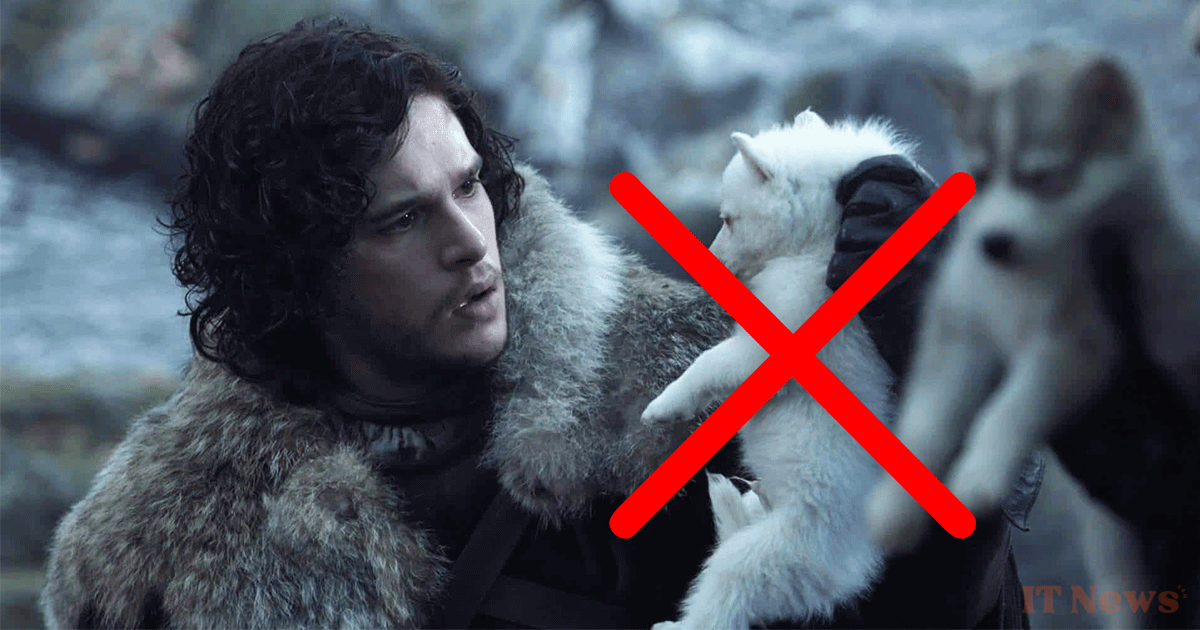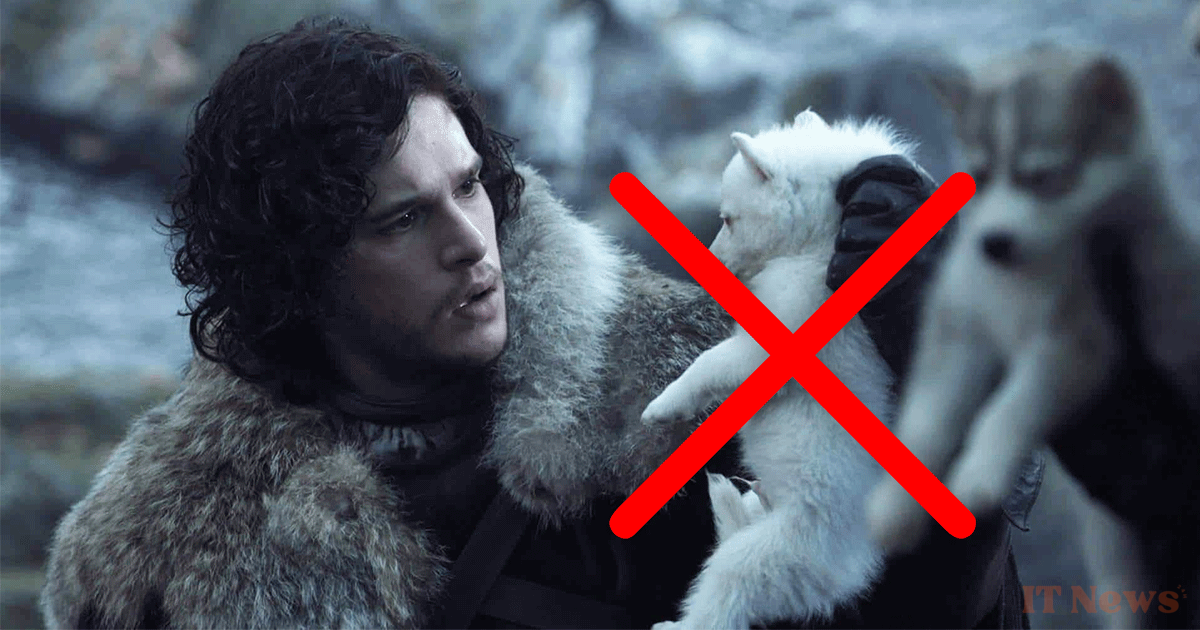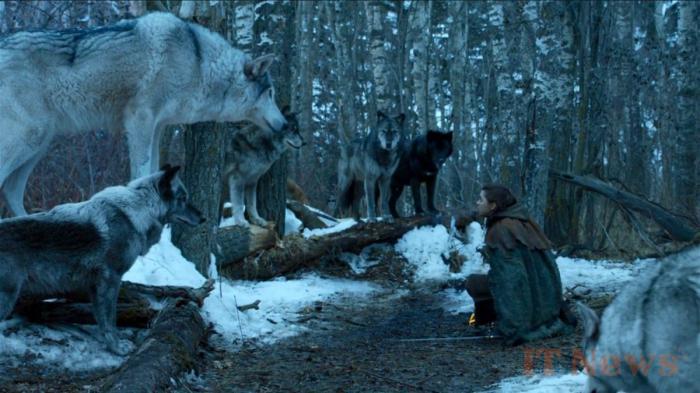Since April 7, Colossal Biosciences, a Texas-based company that seeks to recreate species that have been extinct for thousands of years, has been announcing that it has resurrected the famous "dire wolf." But this prehistoric wolf species is not literally back, as it is merely a hybrid species born through genetic manipulation. The "canis dirus" is dead and buried, and still extinct for over 10,000 years.
No, the "dire wolf" has not been resurrected.
For years, Colossal Biosciences has been presenting itself as the InGen of tomorrow, minus the dinosaurs, plus the extinct mammals and birds. The startup, launched in 2021 and already valued at over $1 billion, plans to bring back cult creatures that we only know through black and white videos or simple reproductions. Tasmanian tiger, woolly mammoth, dodo, Colossal Biosciences wants to resurrect species that have sometimes become extinct due to human intervention. No amusement park on the cards for the moment, but the desire to focus on a sector that is making a lot of noise, while nature is in dire need of help.
However, advancing science is no easy feat, and it is pleasing to see the company attempting to uncover the secrets of genetic modification. And this April 7, 2025, Colossal Biosciences announced with great fanfare that the famous dire wolf, popularized by the series Game of Thrones and the Stark cubs, has returned from the dead after more than 10,000 years.
SOUND ON. You’re hearing the first howl of a dire wolf in over 10,000 years. Meet Romulus and Remus—the world’s first de-extinct animals, born on October 1, 2024.
— Colossal Biosciences® (@colossal) April 7, 2025
The dire wolf has been extinct for over 10,000 years. These two wolves were brought back from extinction using… pic.twitter.com/wY4rdOVFRH
Named Romulus and Remus, these wolf cubs, seen on video, will live in an ecological reserve. The story is causing a stir, particularly in the United States, where the scientific breakthrough is making headlines in TIME. To achieve this result, Colossal Biosciences used DNA from a 13,000-year-old tooth and a 72,000-year-old skull. Their teams took blood cells from a gray wolf, the closest living relative of the canis dirus, before genetically modifying them in 20 different places.
TIME's new cover: The dire wolf is back after over 10,000 years. Here's what that means for other extinct species https://t.co/LQtosdfiEf pic.twitter.com/bv8EbeefuW
— TIME (@TIME) April 7, 2025
Surrogate female dogs were then bred to give birth to the wolf pups. But as skeptical scientists explain, these wolf pups have a genome extremely close to that of the gray wolf, between 99.5% and 99.9%. The genetic differences between the two species number in the millions, only 20 modifications have been made, with the aim of giving them a larger size, thicker white fur or even specific cranial characteristics.
But as a reminder, humans and chimpanzees have between 98% and 96% of their DNA in common. The creation of Colossal Biosciences is nonetheless a major breakthrough, but the wolf cubs born from this experiment remain hybrids, just like many dog species available on the market. Colossal Biosciences remains a company that's looking to make a name for itself, surrounding itself with celebrities like George R.R. Martin, Paris Hilton, Tiger Woods, and Peter Jackson to make its name. Despite this, the canis dirus remains an extinct species, and very much so. However, Colossal Biosciences' hybrids are potentially the closest thing to the canis dirus we'll ever have.






0 Comments